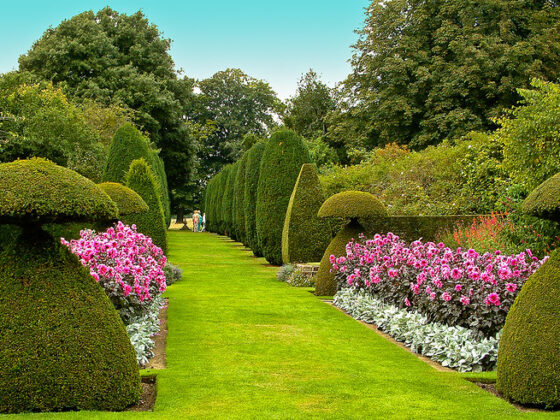Table of ContentsShow
How to Make Hummingbird Nectar for Hummingbird Feeders
Hummingbird nectar is necessary to supplement the things that may be lacking in nature. It isn’t hard to learn how to make hummingbird nectar, and doing so can provide a bird lover with hours of entertainment and enjoyment.
Importance of Hummingbird Nectar
Hummingbirds migrate north in late February, making landfall along the southern coast of the US along the Gulf of Mexico, and gradually making their way north. Because there are rarely enough flowers to provide an adequate source of nectar for them at this time, people provide them with homemade nectar.
Learning how to make hummingbird nectar is easy to do, and doing so regularly can ensure that hummingbirds will hang around and feed at the feeders for as long as possible.
Homemade Hummingbird Nectar and Texas red star hibiscus

What to Use
Hummingbird nectar is a simple solution of sugar water. It can be made with regular tap water, but it should never be made with anything but ordinary table sugar.
Homemade nectar is designed to mimic the nectar that flowers provide, so it needs to resemble that as closely as possible. Honey may contain potentially lethal bacteria for hummingbirds, and other sweeteners are not safe.
Basic Recipe
- One part sugar
- Four parts water
- Bring a pot of water to a rolling boil, and turn off the heat.
- Gradually add sugar, stirring continuously to dissolve it.
Allow nectar to cool before pouring it into a pitcher. Refrigerate the unused portion for up to a week.
Read Also:
Filling and Changing Feeders
It isn’t necessary to use very large feeders or to fill feeders to capacity unless they are very small. Overfilling a feeder will just result in waste. Feeders need to be changed about every four to five days in cooler weather and considerably more often in hot weather.
When changing the hummingbird nectar, take the time to wash the hummingbird feeders thoroughly. Take the feeder apart and wash all of the feeder ports and the bottle. Mild dish soap and hot water are perfectly acceptable for cleaning the feeders as long as there isn’t any mold growth within the feeder.
If the feeders have been left out for too long and any black gunk is present, the feeders will need to be cleaned more thoroughly. Bleach will kill the fungus associated with the mold or gunk on the feeder.
Bottle brushes will make it possible to get into the difficult crevices of the feeder. Rice can be put in the bottles and shaken around with soapy water to remove any residual gunk that may have accumulated on the sides of the feeder bottle.
Summary
Learning how to make hummingbird food can be a rewarding experience, and it is a great way to lure hummingbirds to a new area. In order to get hummingbirds to continue to come to feeders, it is necessary to change the nectar and wash the feeders frequently. In hot weather, it may be necessary to change the nectar as often as every three days.
Hummingbirds can be incredibly aggressive and territorial. For this reason, it is helpful to place feeders far enough apart that they can’t be easily seen by other birds. Place feeders in a spot where hummingbirds have easy access to trees for shade and rest, and if possible, where they can also get the benefit of nutrition from nectar-rich flowers.










